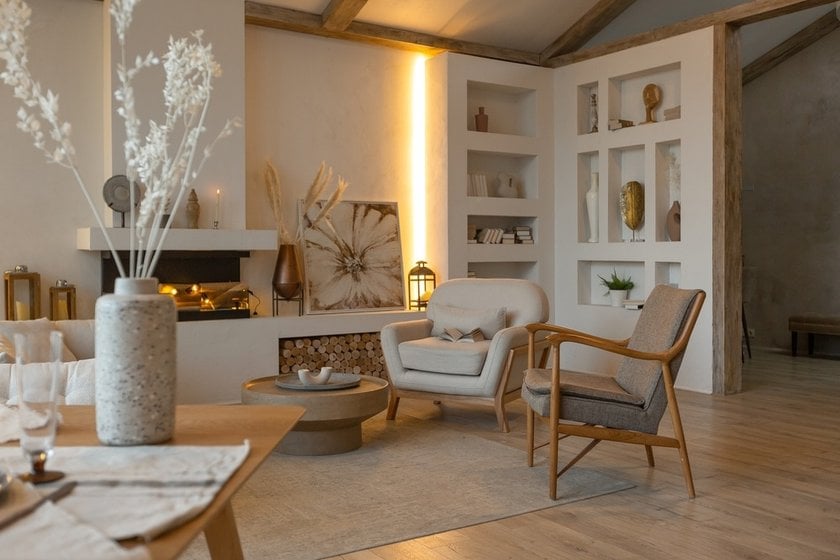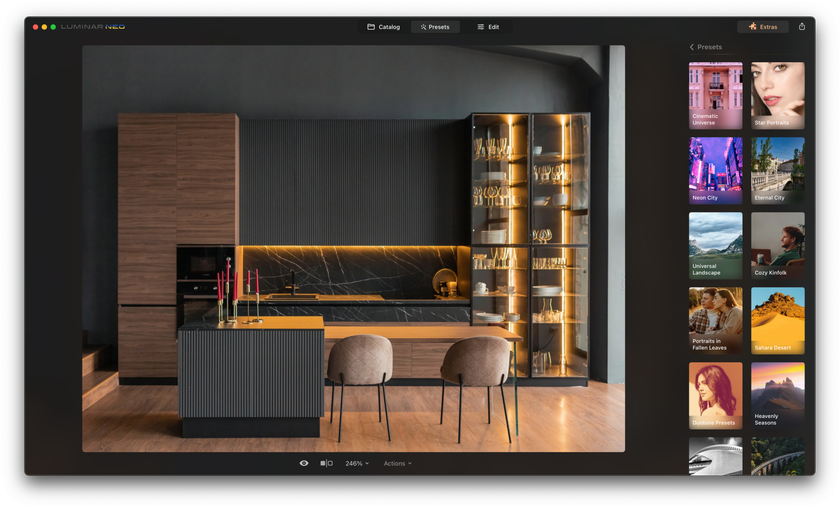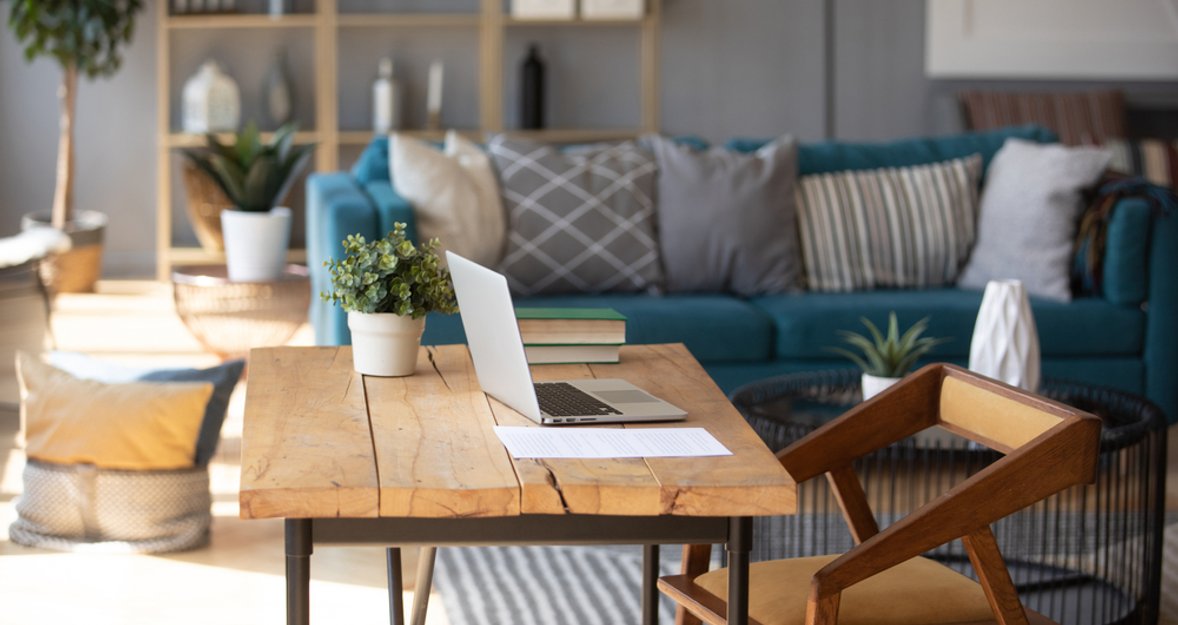In an age where images dominate the online space, having flawless real estate photos plays a pivotal role in the real estate business. It helps attract future clients, showing them the best and hiding the minor drawbacks in what you offer them to buy or rent.
But this genre of photography, which aims to combine photographic artistry with a successful marketing strategy precisely, may need to be revised, especially when it comes to editing real estate photos.
Every photographer realizes how important post-processing is. In this phase, the raw pictures are transformed into stunning representations of places to live. But what are the key issues of retouching real estate photos that could be potentially complicated for the photographers, and what to do to avoid such problems? In the given article, we will explore these issues comprehensively to help you optimize your workflow and produce outstanding results.
In the upcoming segments, we will delve into the prevalent challenges encountered in photo editing and offer innovative strategies to surmount them. Our exploration will encompass various facets, from deciphering the ingredients of a compelling real estate photograph to conducting an intricate investigation of top-tier photo editing software tailored for real estate photography, including a noteworthy AI-driven photo editing tool known as Luminar Neo. We aim to embark on a journey that transforms your real estate images into masterpieces that not only captivate but also hold the potential for financial gain.
Good Real Estate Photos VS Bad
Effective real estate photography means not only taking pictures of property. It is about telling the stories of houses and apartments and how they will look the most appealing to people living there.
It means that more is needed to minimize the flaws in the image. The result should bring a message that will emotionally appeal to the potential clients. A real estate photographer's most important and complicated task is accurately capturing the essence. It means understanding the play of natural light, the composition of each shot, and the importance of angles. To produce images that captivate viewers, you need an eye for detail and an understanding of the unique points.
Good real estate photos are well-lit, properly composed, and expertly framed. They showcase the property's strengths, making it appear spacious, inviting, and full of potential.
Suppose the lighting in your picture could be better. In that case, angles are unflattering, and composition is not considered. It can bury your real estate business because no client would sign a deal on something that does not even seem attractive and desirable to them at first glance.
But what if the property picture that you have taken needs to be more appealing even for you? It does not mean that everything is hopeless. Post-processing instruments are life-saving for both hobbyists and professional photographers. But it is a challenging path. Let's observe the most common challenges you may face during the editing process in this genre of photography.
Editing Real Estate Photos: Main Challenges
Exposure And Lighting Issues
In real estate photography, a recurring challenge lies in the fluctuating lighting conditions. A single property often presents diverse scenarios, from well-lit rooms with abundant natural light to dimly lit corners. Harmonizing these disparities to craft a seamless image can be quite formidable. Common issues during this process include windows appearing overexposed, interiors appearing underexposed, and the emergence of harsh shadows, all of which demand meticulous attention during post-processing.
Step into the realm of High Dynamic Range (HDR) photography, an artful technique involving capturing multiple exposures of a single scene, which are then deftly merged during the post-processing phase. This pioneering approach is a potent antidote to real estate photography's omnipresent direction and lighting problems. By skillfully fusing images taken at varying exposures, the HDR method guarantees the property's interior and exterior are bathed in just the right amount of light, revealing intricate details that captivate the eye.
Bracketing, however, entails meticulously capturing a sequence of shots, each at different exposures, ranging from underexposed to overexposed. This approach provides remarkable flexibility during the editing stage, enabling you to cherry-pick the best-exposed elements from each shot and seamlessly merge them into a harmonious composition.
Color Correction
Achieving accurate color representation is essential in real estate photography. The color of walls, floors, and furniture should appear natural and inviting. However, factors like mixed lighting sources or color casts from surrounding objects can distort colors in the photos. Color correction during editing is vital to ensure that the property's hues are true to life.
Color grading can transform the mood and atmosphere of a real estate photo. It involves adjusting the color temperature, saturation, and hues to create a visually appealing look. For instance, you can warm the color temperature to make a space feel cozy or cool it down to give a modern, clean impression.
Perspective Distortion
Real estate photographers often use wide-angle lenses to capture entire rooms in one shot. While this technique can make space appear larger, it can also introduce perspective distortions, making lines and objects appear skewed or distorted. Correcting these distortions without making the image look unnatural is a difficult task.
Specialized software tools can be used to eliminate perspective distortions. These tools allow you to adjust the vertical and horizontal lines to create a more natural image. Correctly aligned lines and angles contribute to the overall professionalism of the photograph.
Object Removal
Real estate photos need to showcase the property at its best. Sometimes, that means removing distracting elements like power lines, stray objects, or even minor imperfections in the property. Precise object removal while maintaining the integrity of the image requires skill and patience.
When removing objects or blemishes, it is crucial to do so seamlessly. Advanced editing tools allow for the precise removal of unwanted elements while maintaining the integrity of the image. Enhancements like sharpening and local contrast adjustments can also make architectural details pop.
Consistency Across Images
When creating a portfolio of real estate photos, it's crucial to maintain consistency in color balance, exposure, and style. Achieving this consistency during editing can be challenging, especially when dealing with different lighting conditions in each shot.
Batch processing is a time-saving technique for consistency across a series of real estate photos. It involves applying the same editing settings to multiple images simultaneously. It ensures that all photos in a property listing maintain a uniform look and feel.
The Best Photo Editing Software for Real Estate Photography
1. Luminar Neo
Luminar Neo offers an intuitive user interface that caters to beginners and professionals. With advanced AI-powered tools, it can quickly address common challenges like exposure correction, object removal, and color grading. Luminar Neo's Accent AI 2.0 ensures your images look their best with a single click, making it a time-efficient choice.
While Luminar Neo offers exceptional features, it may come at a higher price than other software options. Luminar Neo offers various pricing options, including a one-time purchase and subscription plans. Pricing can vary based on the specific plan you choose.
The main advantage of this particular photo editor is the special Real Estate function, which is ideal for the task of this theme. You can easily and quickly edit large arrays of real estate photos and get each image's best quality and naturalness.
2. Adobe Lightroom
Adobe Lightroom is a popular choice for photo editing, known for its powerful editing tools and organization features. It integrates seamlessly with Adobe Photoshop, offering a comprehensive editing solution for photographers. Its presets and profiles can be useful for batch editing real estate photos.
While Adobe Lightroom is versatile, it has a steeper learning curve, especially for newcomers. This software offers subscription-based pricing with various plans available.
3. DxO PhotoLab
DxO PhotoLab is renowned for its automatic corrections and lens profile-based edits. It excels in noise reduction and produces high-quality results. The customizable workspace allows photographers to tailor their editing environment to their preferences.
DxO PhotoLab's feature set may not be as extensive as some other software options, which could limit its capabilities for advanced editing. It offers both a one-time purchase option and subscription plans.
4. Capture One
Capture One is favored by many professional photographers for its exceptional color grading capabilities. It provides precise control over color adjustments, making it an excellent choice for real estate photographers seeking accurate color representation.
The software's interface may need to be more intuitive for beginners and has a learning curve. It also comes with a relatively higher price tag. It offers subscription-based pricing and a one-time purchase option.
Bottom Line
Editing real estate photos is a transformative journey where ordinary images evolve into captivating representations of properties.
By understanding the importance of lighting, composition, and perspective, you lay a strong foundation for successful editing. Moreover, distinguishing between good and bad real estate photos empowers you to create images that resonate with potential buyers.
With the right photography techniques, good photo editing tools that resonate with your abilities and needs, and dedication, you can optimize your workflow and produce outstanding results that elevate your real estate photography to new horizons in booth art and business.
















